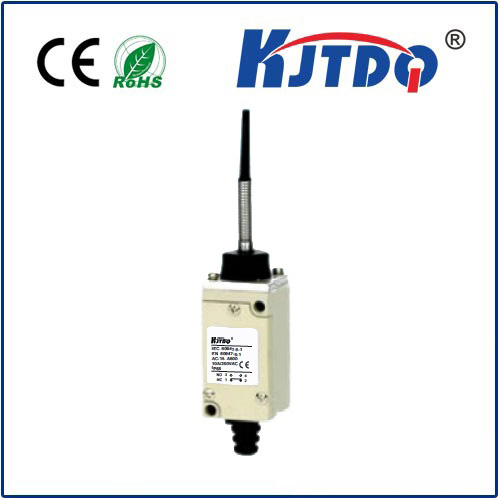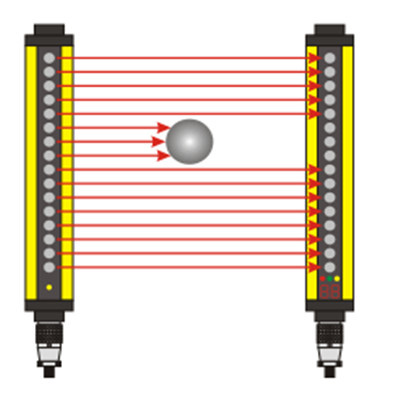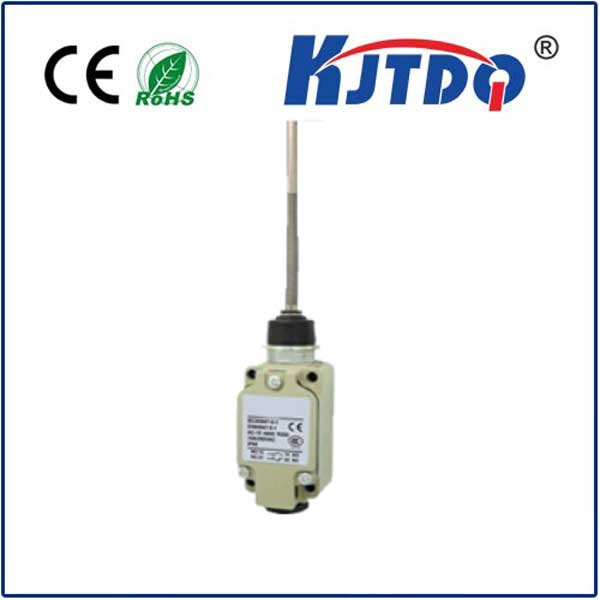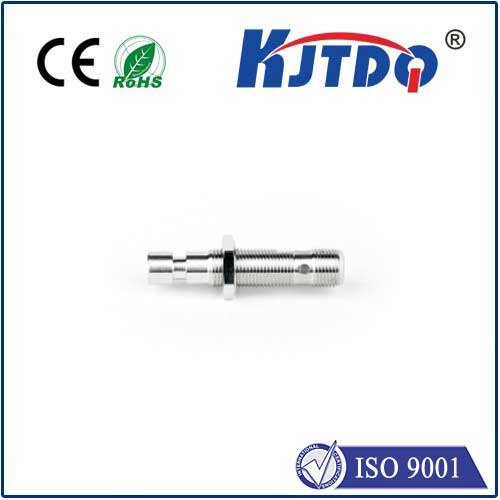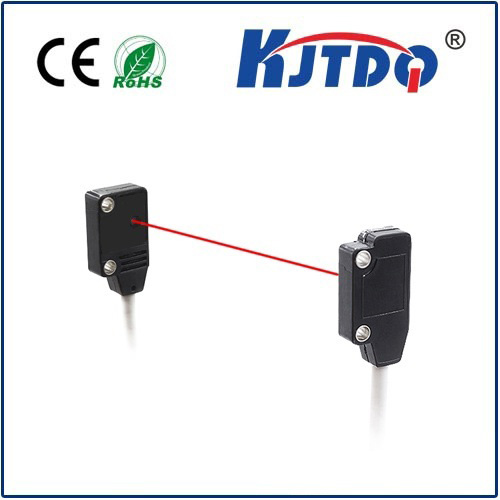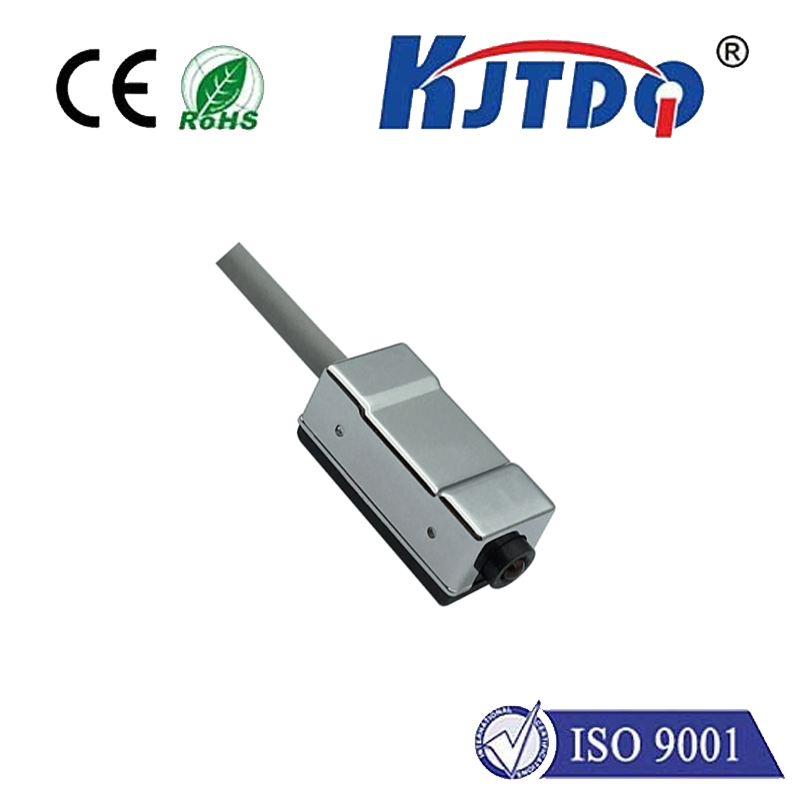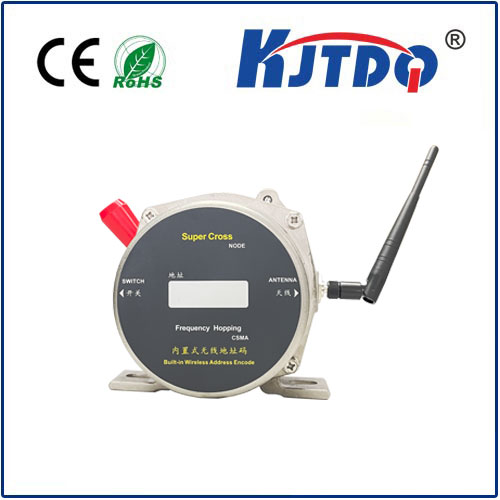
check

check

check

check
Introduction:
Wireless communication has become an integral part of modern-day life, enabling seamless connectivity across various devices. However, due to the presence of obstacles or other electronic devices, wireless signals can be disrupted, resulting in poor connectivity and reduced data transfer rates. One technique that has been proven effective in addressing this issue is inductive proximity. This article will provide a comprehensive guide on mastering inductive proximity, including its principles, applications, and implementation strategies.
Section 1: Understanding Inductive Proximity
Inductive proximity refers to the phenomenon where two objects with electric charge attract each other when they are brought into close proximity. This principle is leveraged in wireless communication through the use of inductive coupling between transducers (such as coils) and antennas. By understanding the workings of inductive proximity, users can effectively harness its power to enhance wireless connectivity.
Section 2: Principles of Inductive Proximity
There are several key principles that govern the operation of inductive proximity. These include the Law of Conservation of Energy, Faraday's law, and the concept of magnetic induction. By grasping these principles, users can gain a deeper understanding of how inductive proximity works and how it can be used to improve wireless communication.
Section 3: Applications of Inductive Proximity
Inductive proximity has numerous applications in wireless communication, such as improving signal strength, reducing interference, and enhancing data transfer rates. This section will explore some of the most popular applications of inductive proximity in wireless communication and highlight their benefits.
Section 4: Implementing Inductive Proximity Techniques
Implementing inductive proximity techniques involves selecting the appropriate components and designing a system that utilizes the principles of inductive coupling to enhance wireless connectivity. This section will provide step-by-step instructions on implementing different inductive proximity techniques, along with tips on optimizing performance.
Section 5: Challenges and Solutions in Inductive Proximity Wireless Communication
Despite its many advantages, inductive proximity wireless communication faces several challenges, such as interference from other electronic devices and limited range. This section will discuss some of the most common challenges associated with inductive proximity wireless communication and offer practical solutions to overcome them.
Conclusion:
Mastering inductive proximity is essential for improving wireless connectivity and maximizing data transfer rates in today's increasingly interconnected world. By understanding its principles, exploring various applications, and implementing effective strategies, users can harness the power of inductive proximity to achieve superior wireless communication results. With this knowledge, you can confidently tackle any wireless communication challenge that comes your way.

